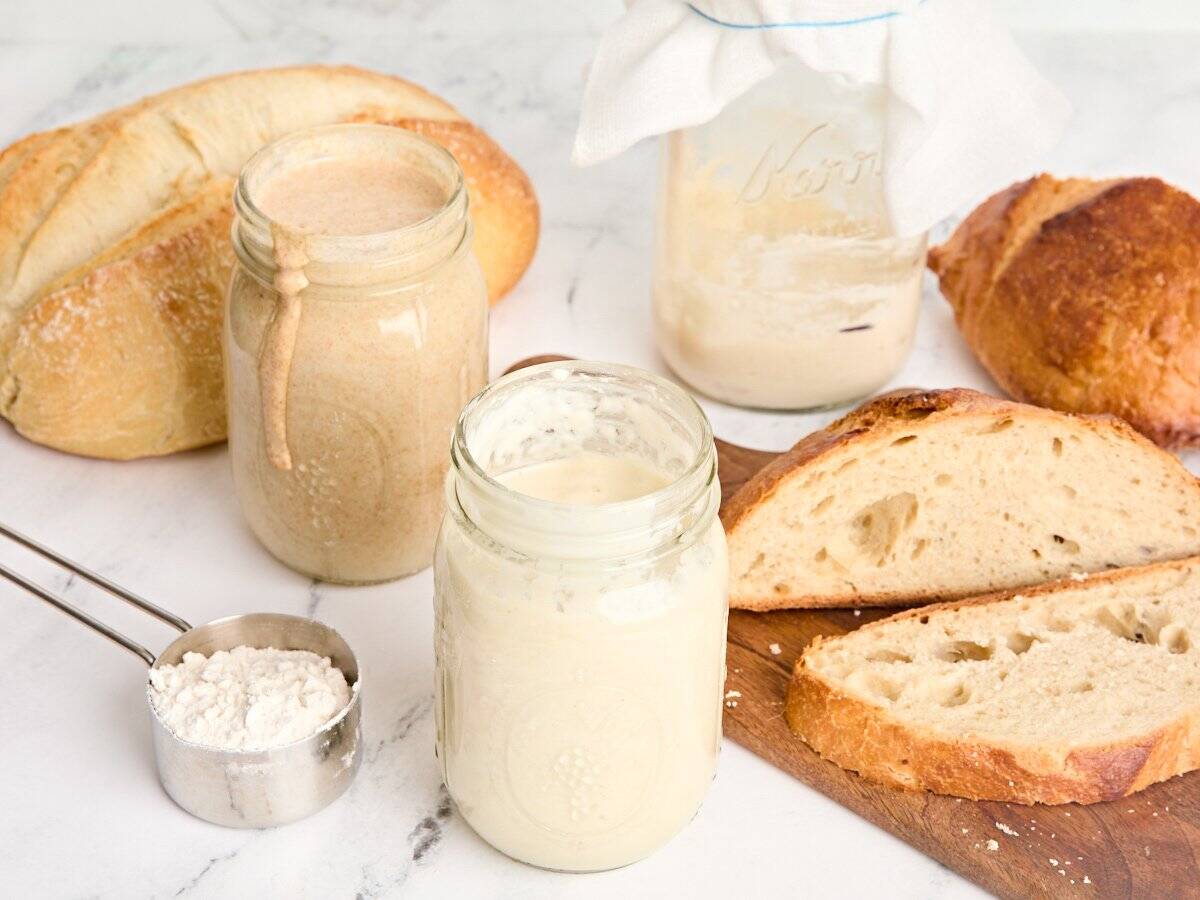Sourdough Starter – Budget Bytes
To create a sourdough starter from scratch, you only need flour, water, patience, and a little faith in nature. People have been working with sourdough for thousands of years, way before the convenience of store-bought packets. Making a sourdough starter is simpler than you might expect, and the process is forgiving. All you need is some flour, water, and a bit of time.
Sourdough starters are essentially a mix of flour and water, fermented with natural wild yeast found in the environment. You'll feed your starter for about a week or two until it becomes lively, bubbly, and ready to use. This mixture acts as a natural leavening agent in sourdough bread, giving it that tangy flavor and chewy texture without commercial yeast.
The method outlined here is for a 100% hydration starter, meaning equal parts flour and water. This beginner-friendly approach is a perfect starting point for anyone interested in making sourdough bread. Make sure to read through all the tips and notes before diving in.
Feeding your sourdough starter regularly is essential to keep it active. If you bake frequently, store the jar on the countertop and feed it twice a day. However, if you bake less often, keep it in the fridge and feed it once a week. Remember to discard some starter before each feeding to maintain a manageable size.
Troubleshooting tips are provided for common issues, such as changes in activity, discarding before feeding, neglecting the starter, and knowing when it's ready to bake. With a little care and attention, your sourdough starter can last indefinitely, creating a cycle of fermentation that can be passed down through generations. So, don't be discouraged by setbacks—sourdough baking is a rewarding skill worth mastering.
Sourdough starters are essentially a mix of flour and water, fermented with natural wild yeast found in the environment. You'll feed your starter for about a week or two until it becomes lively, bubbly, and ready to use. This mixture acts as a natural leavening agent in sourdough bread, giving it that tangy flavor and chewy texture without commercial yeast.
The method outlined here is for a 100% hydration starter, meaning equal parts flour and water. This beginner-friendly approach is a perfect starting point for anyone interested in making sourdough bread. Make sure to read through all the tips and notes before diving in.
Feeding your sourdough starter regularly is essential to keep it active. If you bake frequently, store the jar on the countertop and feed it twice a day. However, if you bake less often, keep it in the fridge and feed it once a week. Remember to discard some starter before each feeding to maintain a manageable size.
Troubleshooting tips are provided for common issues, such as changes in activity, discarding before feeding, neglecting the starter, and knowing when it's ready to bake. With a little care and attention, your sourdough starter can last indefinitely, creating a cycle of fermentation that can be passed down through generations. So, don't be discouraged by setbacks—sourdough baking is a rewarding skill worth mastering.
